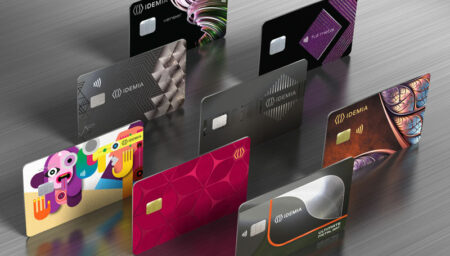Raising the payment experience bar


The metal cards are so wanted because of how they look and how they make consumers feel.
Just like many brands today, banks are looking to “premiumize” their products1 and what better way to do that than with a metal payment card. This card is heavier than a normal card, it looks and feels different, and it has that sharp clink sound when you place it on the table.
Banks have picked up on the fact that the metal card is so wanted because of how it looks and how it makes consumers feel. This was an opportunity to enter the premium services market and they took it. Take Chase for example. When it launched its Sapphire Reserve metal card (at $450/year), the demand was so high that the bank ran out of the metal used to make the card.2
So, what is this saying? Looking at the numbers, we see that 52% of affluent U.S. millennials surveyed in 2016 were already thinking about getting a premium card within the next 12 months.3 According to a more recent global study4, led in 2018, more than 50% of consumers are now willing to pay for a metal card, of which 70% are under the age of 35. People feel the need to be noticed.
The metal card is here to stay. As a leader in the payment card industry, IDEMIA created the Smart Prime metal cards to answer the expectations of the most demanding consumers. They are made with premium materials, crafted with sophisticated printing techniques and come in contemporary designs. They look and feel elegant, but most importantly help consumers stand out and feel good.
Neobanks, like N26 and Revolut, have understood the vast potential of these cards and are two examples of Neobanks who offer metal cards. They see them as more than simple payment methods, but as a brand strategy that will boost their image. Interestingly enough, according to the above-mentioned global survey, young customers are the ones that value the look and design of their card the most. Metal cards are more than just a payment form factor— they make the cardholder feel unique and create an unrivalled payment experience.
1 Edgar, Dunn & Company, “Advanced payments report”, 2018
2 Bloomberg.com
3 Enriching Premium Card Programs, Phoenix Synergistic, 2016
4 Global study independently led by “Data 2 decisions” (Dentsu Aegis Network), encompassing 2,100 people in 8 countries, 2018
Related Content